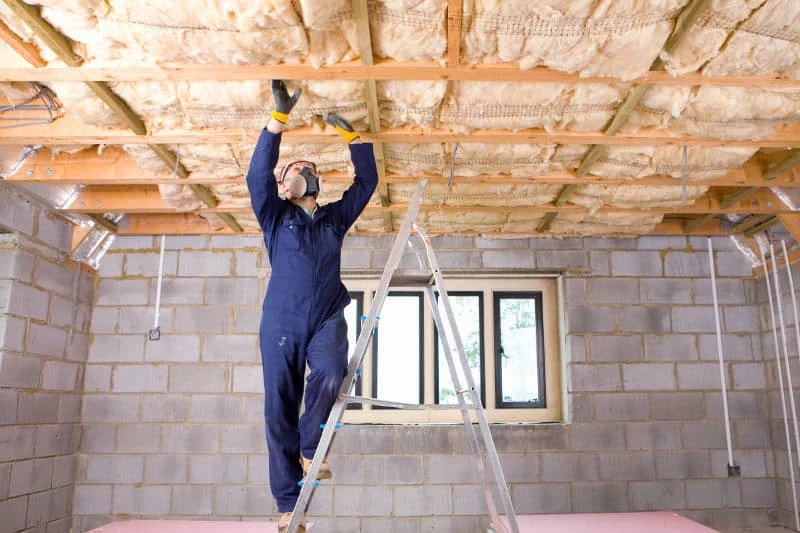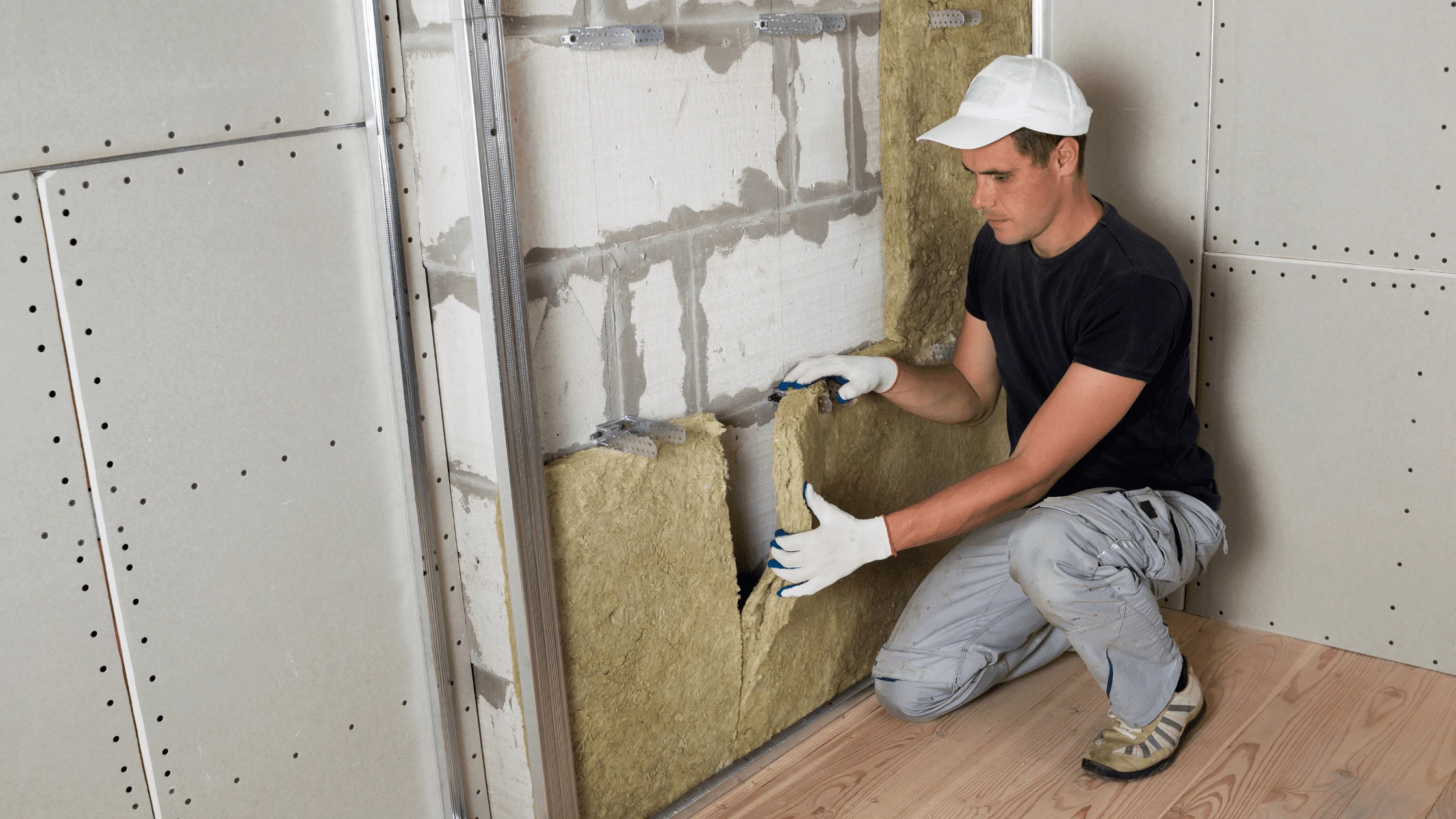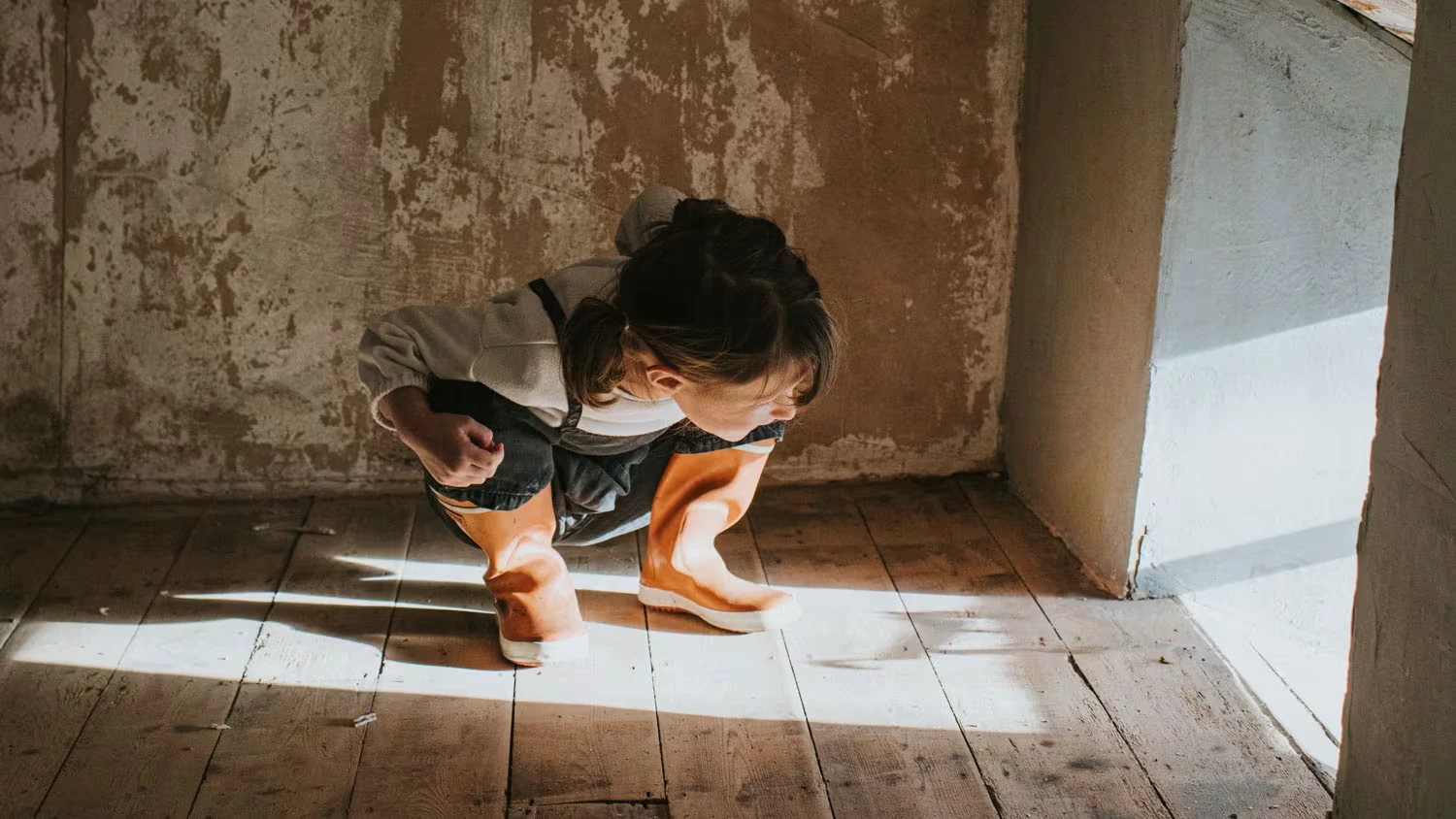Insulation Contractors Services
What is involved in the process of insulating a home
The process of insulating a home typically begins with an assessment of your current insulation and identifying areas where additional insulation is needed, such as attics, walls, floors, and crawl spaces. The insulation contractor will help you choose the best type of insulation for each area, considering factors like R-value (a measure of insulation’s effectiveness), moisture resistance, and budget. Once the materials are selected, the contractor will prepare the space, which may involve sealing air leaks, removing old insulation, or adding vapor barriers.
The insulation is then installed using appropriate techniques, whether it’s blowing in loose-fill insulation, rolling out batts, or spraying foam insulation into cavities. After installation, the contractor will check for any gaps or areas that need additional coverage and ensure that the insulation is properly sealed to prevent air infiltration. This thorough process guarantees that your home is well-insulated, providing long-term energy savings and enhanced comfort.
What long-term benefits can you expect from professional insulation
Professional insulation offers long-term benefits, including lower energy bills, improved indoor comfort, and increased property value. By maintaining a consistent indoor temperature, insulation reduces the load on your heating and cooling systems, leading to lower energy consumption and utility costs. Additionally, proper insulation helps to prevent drafts, moisture buildup, and noise, creating a more comfortable living environment. Insulated homes are also more attractive to potential buyers, as energy efficiency is a key consideration in today’s real estate market. Overall, investing in professional insulation enhances the efficiency and value of your home, providing lasting benefits for years to come.
FAQs
How do I know if my home needs more insulation?
Signs that your home may need more insulation include uneven temperatures between rooms, high energy bills, drafts, and cold walls or floors. An energy audit or inspection by a professional can help determine if additional insulation is needed.
What types of insulation are best for different areas of the home?
The best type of insulation depends on the area of the home. For example, fiberglass batts are commonly used in walls and attics, while spray foam is ideal for sealing gaps and hard-to-reach areas. Loose-fill insulation is often used in attics or walls where it can settle into cavities.
Can insulation help with soundproofing my home?
Yes, insulation can help with soundproofing by absorbing sound waves and reducing noise transmission between rooms or from outside. Materials like fiberglass and cellulose are particularly effective at dampening noise.
How long does insulation last before it needs to be replaced?
Most insulation materials can last for decades if properly installed and maintained. However, factors like moisture damage, settling, or pest infestations may require insulation to be replaced sooner. Regular inspections can help identify when it’s time for an upgrade.
What are the environmental benefits of insulating my home?
Insulating your home reduces energy consumption, which in turn lowers greenhouse gas emissions and your overall carbon footprint. Additionally, many insulation materials are made from recycled or sustainable resources, further contributing to environmental conservation.







